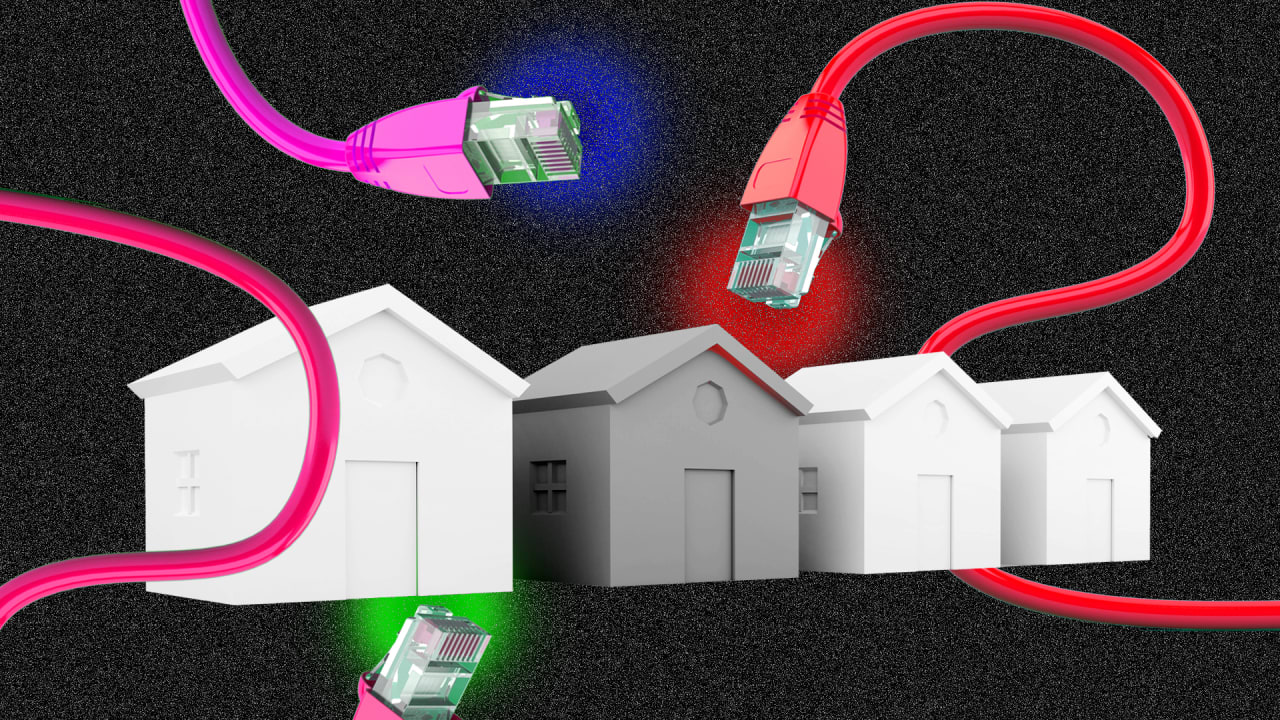Over time, computers have become easier to use and the internet easier to access. It used to be that people needed special training to be able to use software on a machine. Now, small children can do it. Instead of a long, noisy process of connecting through dial-up, our devices can connect to the internet (and each other) instantly, without human intervention or even awareness. Mostly this is a good thing. More intuitive design means getting more people online and bringing more access to powerful tools for self-expression and community. It would be excruciating to try and use sophisticated online tools and platforms using old-school modems and routers. One advantage, though, of older technologies is that they forced us to think about what’s under the hood of the devices we use every day. The clicking, whirring, and beeping of old-school dial-up made it obvious that digital connections don’t just magically appear—they have to be built and maintained.

Original post:
When broadband monopolies pushed out scrappy local ISPs, we all suffered